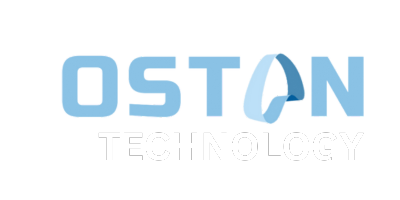Boosting Student-Teacher Collaboration with Intranet Platforms
In today’s digital age, the need for effective communication and collaboration in education has never been more critical. Intranet platforms have emerged as powerful tools to enhance student-teacher collaboration. By providing a centralized hub for communication, resources, and feedback, these platforms foster a more interactive and engaging learning environment. In this blog, we’ll explore how intranet platforms are transforming the way students and teachers interact, helping to improve learning outcomes and overall engagement.
Learn More on: Enhancing Collaboration And Communication With An LMS
Centralized Communication for Seamless Interaction
One of the primary benefits of using intranet platforms in educational settings is the ability to centralize communication. In the past, students and teachers often relied on multiple channels like emails, phone calls, and face-to-face meetings to exchange information. With intranet platforms, all communication can happen in one place, making it easier for both students and teachers to stay organized.
For example, tools like Microsoft SharePoint and Google Workspace have built-in communication features that streamline interactions within the educational community. This centralization of communication not only saves time but also encourages more active participation from both students and teachers.
Collaborative Learning through Shared Resources
Intranet platforms are not just about communication; they also facilitate collaborative learning by allowing students and teachers to share resources easily. With features like document sharing, online whiteboards, and collaborative project spaces, these platforms enable students to work together on projects, share ideas, and access learning materials in real-time.
For instance, platforms such as Moodle and Canvas allow teachers to upload course materials, assignments, and multimedia resources in one place. This makes it easy for students to access all the resources they need to succeed. Additionally, students can contribute their own materials, creating a more interactive and cooperative learning experience.


Conclusion
Intranet platforms play a crucial role in boosting student-teacher collaboration, creating a more interactive and efficient learning environment. By centralizing communication, enabling collaborative learning, offering personalized paths, and providing real-time feedback, these platforms are transforming education in positive ways. As technology continues to evolve, the integration of intranet systems will only enhance the learning experience further, allowing students and teachers to connect and collaborate more effectively than ever before.
For more insights on how technology is revolutionizing education, check out our latest posts on Enabling quality education – Oston Technology

